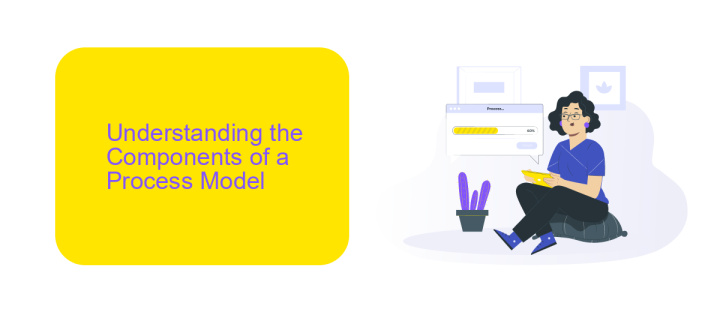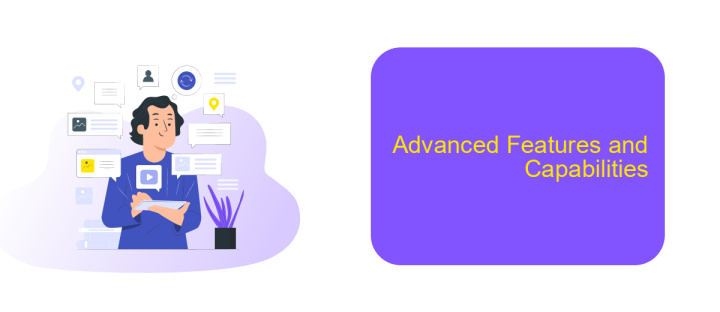What is Process Model in Appian
A process model in Appian is a visual representation of a business workflow, designed to automate and streamline processes within an organization. By leveraging Appian's intuitive drag-and-drop interface, users can create, edit, and optimize workflows, ensuring efficiency and compliance. This article explores the key components and benefits of using process models in Appian to enhance operational performance.
Introduction to Process Models in Appian
Process models in Appian are essential for designing and automating workflows within an organization. They provide a visual representation of the steps involved in a business process, making it easier to understand, analyze, and optimize. By using process models, businesses can ensure consistency, improve efficiency, and reduce errors.
- Visual representation of workflows
- Improved process understanding
- Enhanced efficiency and consistency
- Error reduction
Appian's process models are highly versatile and can be integrated with various external systems to streamline operations. For instance, using integration services like ApiX-Drive, businesses can seamlessly connect Appian with other applications, enabling automated data transfer and synchronization. This ensures that all systems work in harmony, providing a cohesive and efficient workflow.
Understanding the Components of a Process Model

A process model in Appian consists of several key components that work together to automate and manage business workflows. The main components include nodes, which represent individual tasks or actions, and connectors, which define the flow and sequence of these tasks. Each node can be configured to perform specific functions such as data collection, decision-making, or user interactions. Additionally, process variables are used to store and pass data between different nodes, ensuring that the workflow progresses smoothly and efficiently.
Another crucial component is the integration capabilities of the process model. Appian allows seamless integration with various external systems and services, enhancing the functionality of the workflow. For instance, using services like ApiX-Drive, you can easily set up integrations with other applications without extensive coding. This enables automated data transfers, real-time updates, and synchronization across different platforms, thereby streamlining operations and improving overall process efficiency. Understanding these components is essential for designing effective process models that meet business objectives.
Creating and Configuring Process Models

Creating and configuring process models in Appian is essential for automating workflows and improving efficiency. To begin, access the Appian Designer interface and create a new process model. Provide a name and description for the model to ensure clarity and ease of identification.
- Navigate to the Appian Designer and select "Create" to initiate a new process model.
- Name your process model and provide a detailed description.
- Add nodes to represent various tasks and events within the process.
- Configure each node by setting parameters, such as task assignments and deadlines.
- Use connectors to define the flow between nodes, ensuring logical progression.
- Incorporate integrations where necessary, utilizing services like ApiX-Drive to streamline data transfer between systems.
- Validate the process model to identify and resolve any configuration issues.
- Publish the process model to make it available for execution within your Appian environment.
Once the process model is created and configured, it can be tested and refined to ensure it meets business requirements. Utilizing integration services like ApiX-Drive can significantly enhance the capability of your process models by enabling seamless data exchange and interaction with other applications.
Advanced Features and Capabilities

Appian's process model offers a range of advanced features and capabilities that enable users to create sophisticated workflows and automate complex business processes. These features enhance the efficiency and flexibility of process management, making it easier to adapt to changing business requirements.
One of the standout capabilities is the seamless integration with external systems. Appian supports a variety of integration methods, including web services, REST APIs, and third-party connectors. This allows for real-time data exchange and synchronization across different platforms, ensuring that all systems are up-to-date and aligned.
- Dynamic task assignment and routing
- Advanced data management with custom data types
- Real-time analytics and reporting
- Integration with ApiX-Drive for streamlined data workflows
- Customizable user interfaces and forms
These advanced features empower organizations to build robust and scalable process models that can handle a wide range of business scenarios. By leveraging tools like ApiX-Drive, users can further enhance their process automation capabilities, ensuring seamless integration and efficient data management across all their business applications.
Best Practices and Considerations
When designing process models in Appian, it is essential to follow best practices to ensure efficiency and maintainability. Start by clearly defining the process scope and objectives. Use descriptive naming conventions for process models, nodes, and variables to enhance readability. Regularly document your process flows and decisions to facilitate future updates and troubleshooting. Implement error handling mechanisms and logging to monitor process execution and quickly identify issues.
Consider the integration of external services to extend the functionality of your process models. For instance, ApiX-Drive can be a valuable tool for setting up integrations with various applications, enabling seamless data transfer and automation. Ensure that integrations are secure and comply with data protection regulations. Additionally, optimize your process models for performance by minimizing the number of nodes and avoiding unnecessary loops. Regularly review and refactor your models to adapt to changing business requirements and improve overall efficiency.
- Automate the work of an online store or landing
- Empower through integration
- Don't spend money on programmers and integrators
- Save time by automating routine tasks
FAQ
What is a Process Model in Appian?
How do you create a Process Model in Appian?
What are the key components of a Process Model in Appian?
Can a Process Model in Appian be integrated with external systems?
What are the benefits of using Process Models in Appian?
Apix-Drive is a universal tool that will quickly streamline any workflow, freeing you from routine and possible financial losses. Try ApiX-Drive in action and see how useful it is for you personally. In the meantime, when you are setting up connections between systems, think about where you are investing your free time, because now you will have much more of it.


